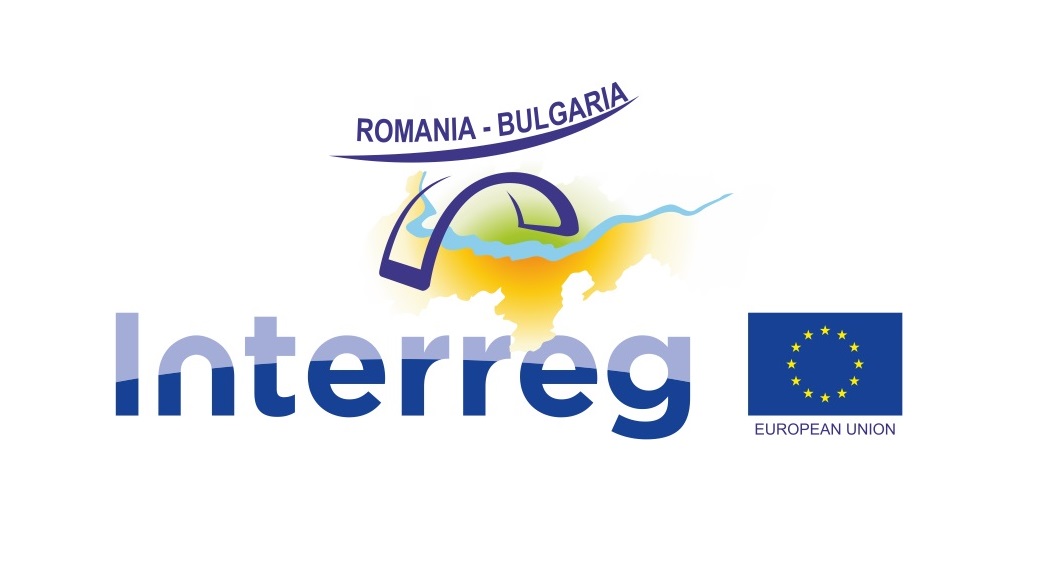Integrated tourism product: “Stone Age hunting and fishing skills (one day program)”
Venue of the program: Archaeological Park Museum “Ports of Time”, building “Copper Stone Age”, town of Nikopol.
What age groups is the program for? The program is suitable for all age groups, including preschool and elementary school children.
Program focus: The aim of the Stone Age Hunting and Fishing Skills program is to present visually, accessible and interactive historical information about the life, habits and livelihoods of the local people of the Copper and Stone Age period.
Topics Included:
1) General information about the Copper-Stone Age;
2) Life and livelihood of the local population from the Copper-Stone Age and a close-up representation of a building analogous to those inhabited by people in the Copper-Stone Age;
3) Presentation of typical tools and utensils;
4) Demonstration of hunting and fishing skills;
5) A workshop for making work tools related to the typical livelihood of the local population – hunting and fishing with the possibility of involving each of the participants in the program.
Copper and Stone Age:
The Copper-Stone Age (also called Chalcolithic or Eneolithic) is the epoch in human development, the transition between the Neolithic and the Bronze Age, associated with the discovery of the first metal – copper.
The period spans approximately 4000 – 3000 BC, extending later in some places and absent in others. Most often, the Chalcolithic is considered to belong to the Bronze Age, but sometimes it is also considered a separate period. During this age the copper implements of labor spread, which, although soft, were better than the earlier stone ones, but the stone ones remained. Other metals such as gold and tin were also discovered.
Many settlement mounds were inhabited successively through the Neolithic and Eneolithic, which left thick layers of cultural remains. The main change during the Eneolithic is the appearance of the first metal products: cutlery and ornaments made of pure copper. Copper metallurgy was probably brought over from Asia Minor, where it was known considerably earlier; once again, the Balkan Peninsula was ahead of the rest of Europe and served as the starting point for the gradual spread of the new technology to the rest of the continent. The physical properties of copper, which is a relatively soft metal, prevented primitive copper tools and weapons from completely displacing stone ones, which continued to be widely used; hence the double name of this era, which marked the transition from the Stone Age to the Age of Metals. In addition to the first metal products, the first necropolises also appeared during the Eneolithic – the cemeteries, usually located to the west of the settlement mounds. Along with the bodies of the dead, grave gifts were placed in the graves dug in the ground – ceramic vessels with food and various objects.
The most important Chalcolithic find in Bulgaria is the Varna Chalcolithic Necropolis, where the oldest processed gold in the world was discovered. The long evolutionary development of agricultural and cattle-breeding societies during the Neolithic and Eneolithic led to significant cultural accumulations and relative economic prosperity. In 1972, an unexpected archaeological discovery in Bulgaria caused a real scientific sensation. We are talking about the necropolis of a large settlement that has been studied near the city of Varna, which remains today under the waters of Lake Varna. Along with the relatively poor mass graves, comparable to other necropolises in South-Eastern Europe, several burials, exceptional in their wealth, were discovered here. Numerous objects of gold, copper, bone and pottery were found in them, including golden sceptres and diadems – supposed symbols of power. The rich burials from the Varna necropolis suggest the formation of an aristocratic upper class of society, which concentrated considerable power and wealth in its hands. The brilliant finds from these graves – the oldest gold in Europe – show unequivocally that in the Late Eneolithic the population of the western Black Sea coast was at the level of the most advanced regions of the ancient world.
However, the emergence of the first true civilization in Europe was thwarted for reasons that are not yet fully understood, possibly as a result of climatic changes or a mass migration of a population standing at a lower stage of its development. While in Egypt and Mesopotamia in the 4th and 3rd millennium BC. the most ancient human civilizations arose, the historical development of the Balkan Peninsula slowed down for a long time.





Comments 0